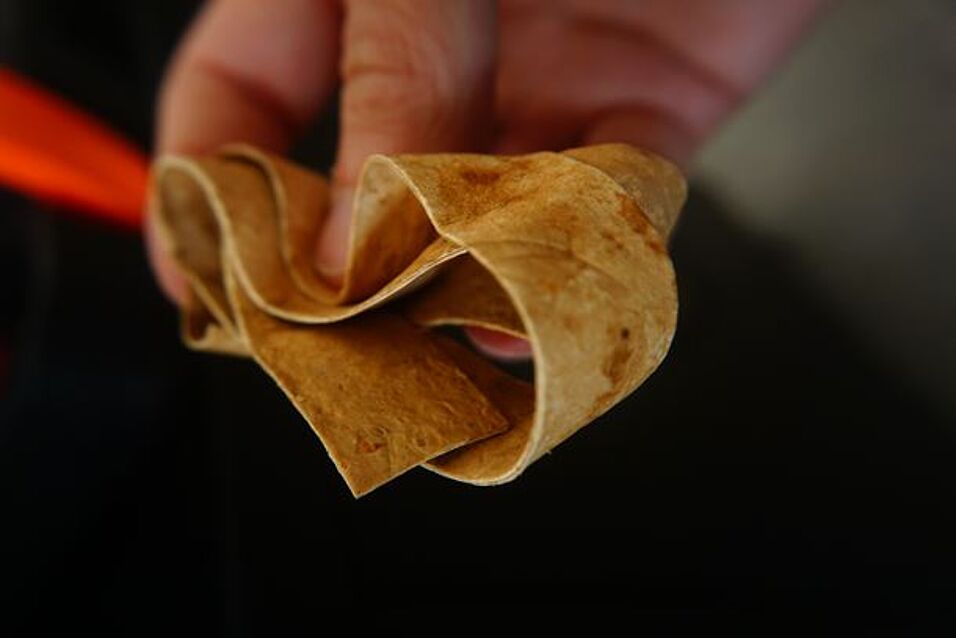An international team of researchers led by Alexander Bismarck and Mitchell Jones from the University of Vienna have provided a robust and timely assessment of renewable and sustainable fabrics derived from fungi. The use of leather-like material alternatives, and the biofabrication techniques involved in their production, holds great promise for improving the environmental friendliness of leather-type materials by reducing deforestation for grazing, greenhouse gas emissions and the hazardous substances used in tanning.
Leather alternatives are usually obtained from synthetic polymers – including polyvinyl chloride or polyurethane, which are dependent on chemicals derived from fossil fuels, and leather itself is a co-product of meat production. However, new leather substitutes can be derived from fungi through the upcycling of cheap agricultural and forestry by-products.
With some biotech companies already starting to market prototype materials from fungi, there is little in the way of academic underpinning on the subject. As Alexander Bismarck told Materials Today, “The lack of publicly accessible scientific data on fungi-derived leather-like materials prompted our investigation and review of industry data and intellectual property documentation”. The analysis provides an understanding of complex patent methodologies and the available literature, providing new insight on this rapidly growing topic.
As reported in the journal Nature Sustainability [Jones et al. Nat. Sustain. (2020) DOI: 10.1038/s41893-020-00606-1], the study assessed the development and commercialisation of leather substitutes from fungi compared to the sustainability of bovine and synthetic leathers. It characterised and explained the key manufacturing processes, material properties, sustainability, cost and market potential of the material, promoting awareness in both the academic and industrial sectors.
Sheets of fungal biomass can be harvested after only a couple of weeks, before being physically and chemically treated to resemble leather, and able to demonstrate comparable material and tactile properties. Leather-like materials from fungi also tend to be CO2-neutral and biodegradable as they contain chitin and polysaccharides such as glucans. Fungal biorefineries, which do not require light and can be facilitated at ambient conditions, have many potential applications, including in paper, food products, dyes, insulation foams, filtration membranes and wound dressings.
Fungi as a raw material for leather substitutes offers a cost-effective, environmentally friendly approach to bovine and synthetic leather, one that is appealing to those interested in sustainability and the growing number of vegans. Advances in such leather-like materials could be applied in industries involved in traditional animal leather, especially footwear, clothes, and furniture, as well as in the production of homogenous fungal mats, waterproofing and improvement of mechanical properties.

